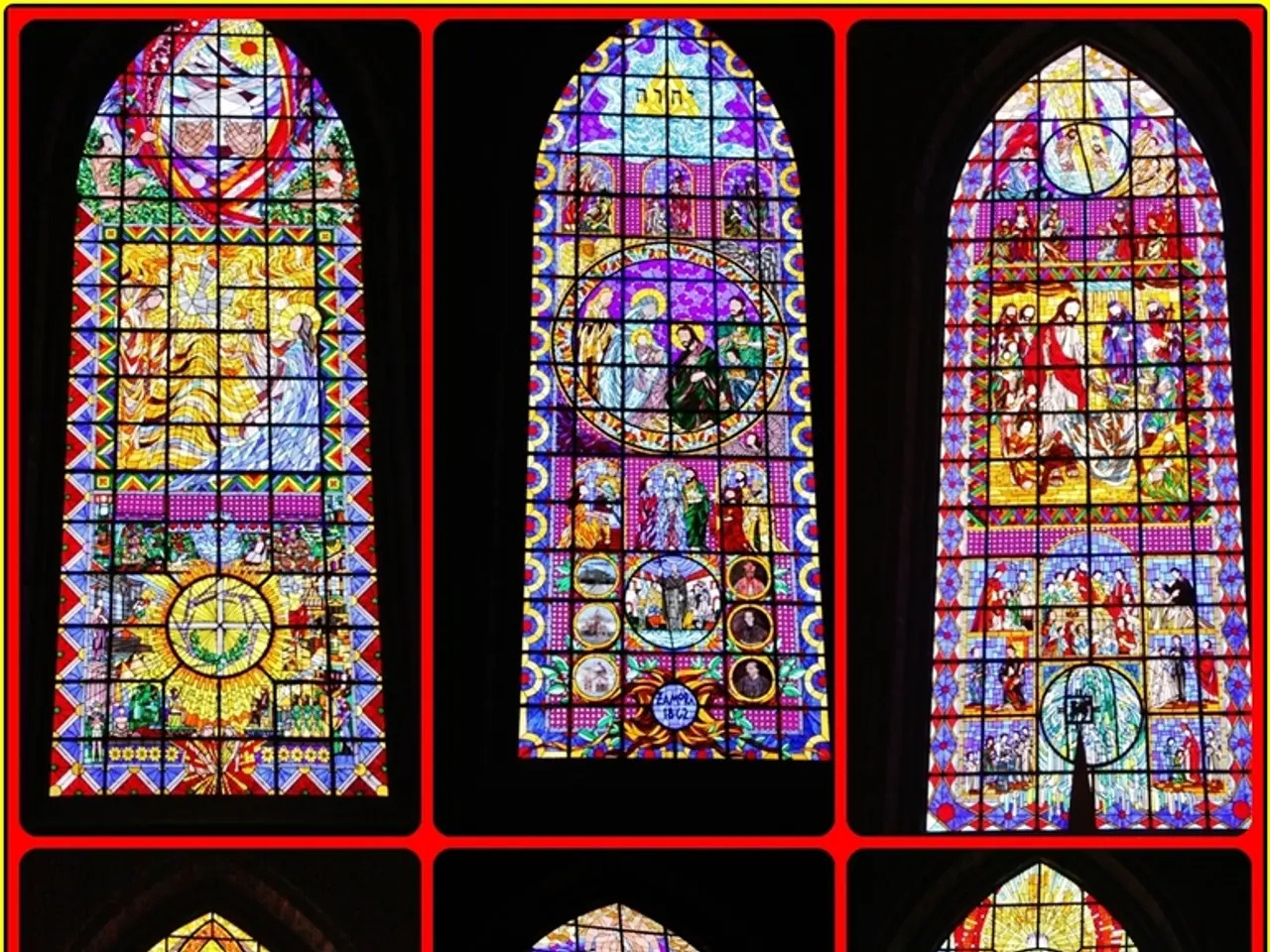University of Pennsylvania Welcomes Back Historic X-Ray Plates
A remarkable discovery has been made at the University of Pennsylvania. Two glass plates containing some of the earliest X-ray images in the world have been donated back to the university. These plates were taken by Arthur Goodspeed in Philadelphia in 1896, just a year after the discovery of X-rays by German scientist Wilhelm Conrad Röntgen.
The story of these X-ray images begins with Arthur Goodspeed and photographer William Jennings. In 1890, they were experimenting with electrical charges and Crookes tubes when they accidentally discovered X-rays. However, it was not until 1896 that Goodspeed replicated the original X-ray image and partnered with Penn surgeon Charles Lester Leonard to apply X-rays to people.
Among Goodspeed's earliest patient X-ray images were those of heads, showing teeth, jaw, and skull bones. One of the glass plates donated to the university shows the upside-down U-shape of metal in a coin purse and two dark circles, perhaps silver dollars or quarters. Goodspeed later found ways to improve X-ray imaging by creating a screening mechanism to make radiation safer for patients and doctors.
The University of Pennsylvania has welcomed back these historic glass plates, which will be kept in its archives and temporarily displayed on specific occasions due to their sensitivity to light. This discovery sheds light on the early days of X-ray imaging and the crucial role played by Arthur Goodspeed in advancing this field.






